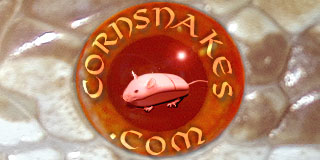Silvergrin
New member
I was just wondering if anyone out there knew how/why duds/slugs/plugs are formed? Do females have a certain amount of eggs they are going to lay, fertile or not, and so the number of duds depends on how many get fertilized? Or is it bad genetics (ie, if the embryo is not viable from early on)? Or is it environmental, like if the female doesn't have the resources to fully build the egg shell? Or all of the above?
On the same vein, anyone know any methods to inprove fertility? Breeding with several males? Housing with a male perminantly instead of just for a week or two during the breeding season? Brumination times? Calcium suppliments? Just curious. My snow girl did pretty well this year, without brumination; 18 good eggs and one dud, but my blizard just laid 13 eggs, at least 4 of which look bad. All of them look a bit questionable, I think maybe it was because she was on the small side (esp. compared to my snow!)?
On the same vein, anyone know any methods to inprove fertility? Breeding with several males? Housing with a male perminantly instead of just for a week or two during the breeding season? Brumination times? Calcium suppliments? Just curious. My snow girl did pretty well this year, without brumination; 18 good eggs and one dud, but my blizard just laid 13 eggs, at least 4 of which look bad. All of them look a bit questionable, I think maybe it was because she was on the small side (esp. compared to my snow!)?
